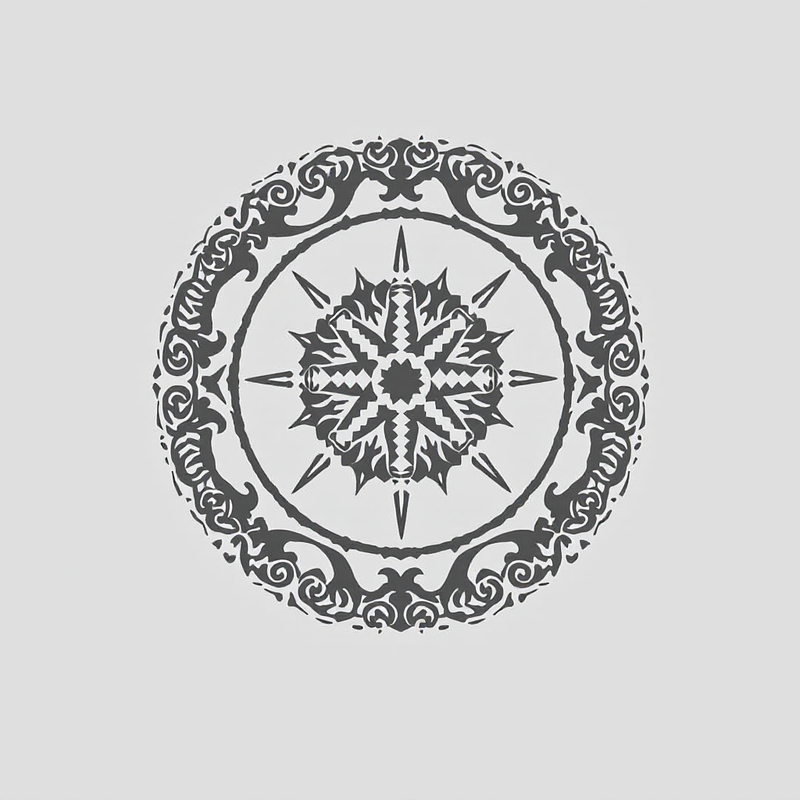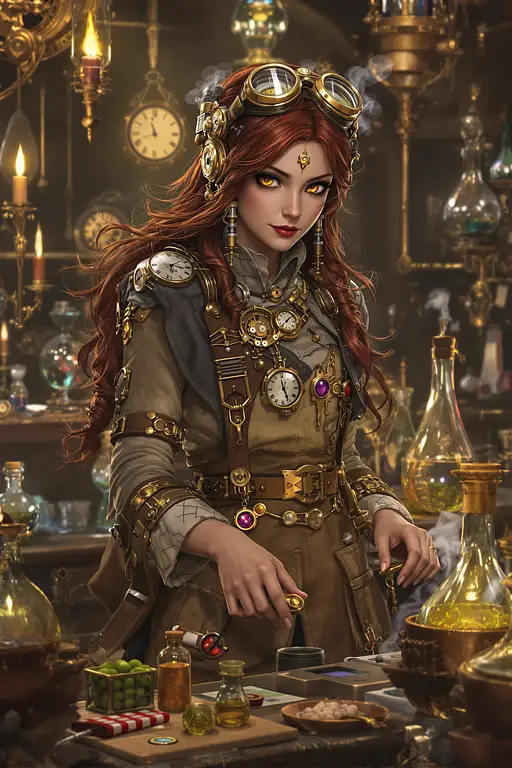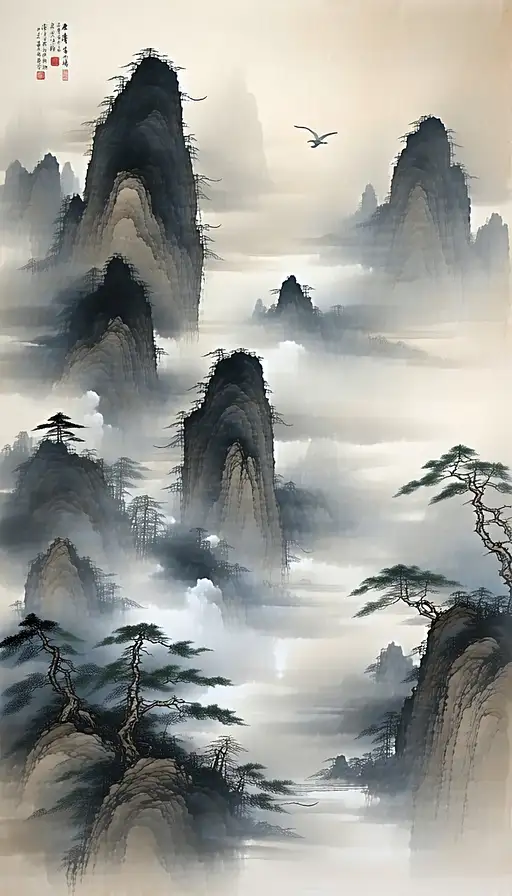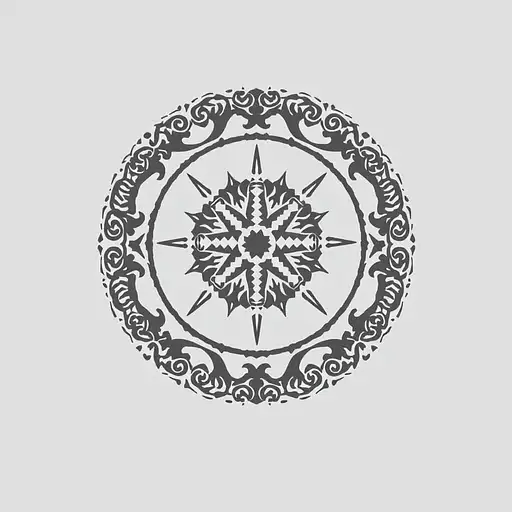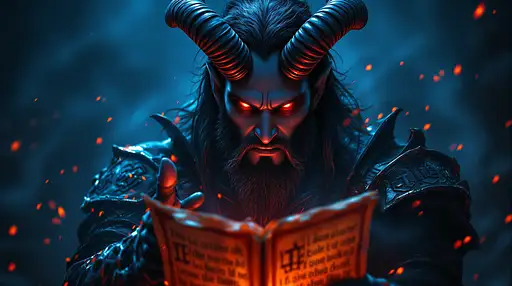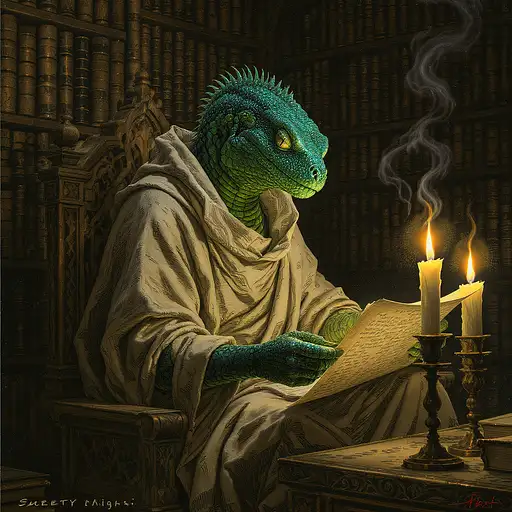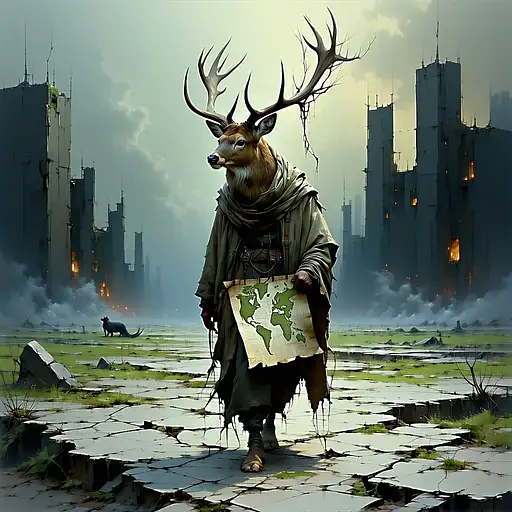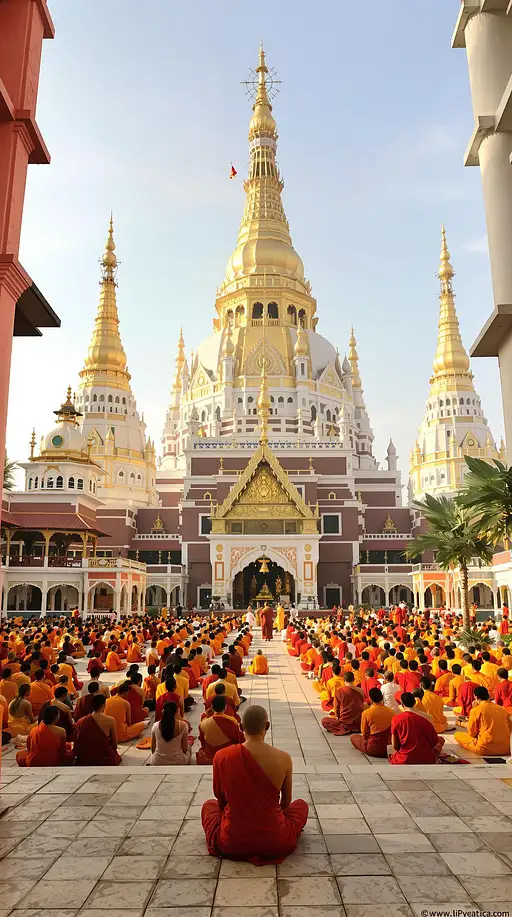
5 months ago
Image Type: Digital color photograph, professional studio portrait. Overall Photographic Style: Photorealistic, high-resolution, sharp focus on the subject, clean and polished aesthetic, modern portrait photography with a classic feel. Lighting: Soft, even, and diffused studio lighting. The primary light source appears to be from the front-right, creating subtle, soft shadows that define the contours of the face and clothing. There's a gentle highlight on the forehead and the bridge of the nose. The overall illumination is bright and balanced, avoiding harsh contrasts. Depth of Field: Very shallow depth of field, with the subject's face and upper body in crisp focus. The background is significantly blurred (strong bokeh effect), rendering it as an indistinct wash of color, effectively isolating the subject. Color Palette: Natural and warm color palette. Predominantly earthy tones for the skin and suit, with a muted, soft background color. Skin tones are realistic with subtle pinkish undertones. Beard is pure white. Suit is dark gray/charcoal. Shirt is light cream/off-white. Subject Details: Age: Elderly man, appearing to be in his late 60s to early 70s. Expression: Calm, serious, and contemplative expression. His gaze is direct and focused, suggesting deep thought or a direct engagement with the viewer. There's a sense of quiet wisdom. Face Shape: Oval to slightly elongated, with a prominent forehead and visible cheekbones. Hair: Completely bald on the top and sides of the head. Hair Color: Not applicable (bald). Hair Style: Not applicable (bald). Eyes: Light blue to grey in color. Roundish in shape, slightly obscured by the spectacle frames. They appear clear and attentive. Eyebrows: Full, bushy, and white, matching the beard color. They follow a natural arch. Nose: Straight, well-defined bridge, medium size. Mouth and Lips: Completely obscured by the voluminous beard. No visible details. Chin: Completely obscured by the voluminous beard. No visible details. Distinguishing Features: The most prominent feature is a very long, dense, and full white beard that cascades down to his mid-chest. He wears thin-rimmed, circular metal spectacles that rest on his nose. Body and Clothing Details: Pose: An upper-body portrait, showing his head, shoulders, and a portion of his chest. He is seated or standing facing slightly towards the viewer's right, but his head is turned to look directly forward (towards the camera). His posture appears upright and formal. Clothing: He is wearing a dark, formal suit jacket over what appears to be a dark waistcoat. Beneath the waistcoat, a light-colored (cream or off-white) collared dress shirt is visible. A dark, possibly patterned, necktie is visible at his collar. The suit fabric has a subtle texture, consistent with fine wool. Background: A very simple, uniformly smooth, light-colored background. It appears to be a soft, muted beige or very light grey. It is completely out of focus, creating a smooth, indistinct field of color that puts all emphasis on the subject. There are no patterns, objects, or discernible features. Overall Mood/Atmosphere: Formal, dignified, intellectual, profound, and serene. It conveys a sense of wisdom and an academic or scholarly presence. ```
